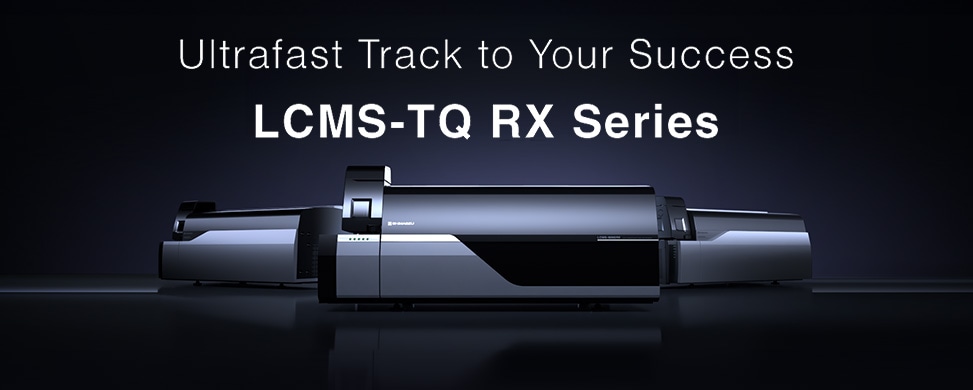
LCMS-TQ RX Series Triple Quadrupole LC-MS/MS
- A newly developed and cost-effective full workflow for the analysis of extractable PFAS in consumer products without the need of labor-intensive solid phase extraction. - Meet or exceed the proposed reporting limits of the new ASTM method for 46 PFAS and 25 surrogates using the highly sensitive Shimadzu LCMS-8060NX. - Reduce pressure failures with the new Shimadzu Nexcol PFAS Delay column (backpressure tolerance of 15,000 psi) while minimizing PFAS background levels.
Per-and Polyfluorinated alkyl substances (PFAS) are a broad class of thousands of chemicals with a varied global definition that include carbon-fluorine bonds. Since the carbon-fluorine bond is the strongest in organic chemistry, PFAS was manufactured for desirable water-resistant, oil-resistant, and heat-resistant properties. Since the 1940’s, industries have integrated PFAS in products such as food packaging, textiles, and household products due to their unique properties. However, a characteristic of PFAS of concern is their slow breakdown rate, leading to potential accumulation in people, animals, and the environment. Studies have shown widespread exposure to PFAS among the United States population.1 In response to growing concerns regarding consumer exposure to PFAS, many states have initiated bans of PFAS uses in various consumer products and food packaging materials.2 These bans have led to a need for analytical testing to determine the amount of PFAS in consumer products, however, the lack of standardized methods presents challenges in ensuring reliability and reproducibility between labs. Using a Shimadzu LCMS-8060NX liquid chromatography triple quadrupole mass spectrometer, the minimum reporting limits on products are 100 ng/kg with an analytical range of 100-4000 ng/kg for most analytes. The reporting limit for the test method is defined as an integer value that is equal to the concentration of the lowest calibration standard. The target analytes and reporting ranges are summarized. This new method utilizes a simple co-solvation of the solid matrices to extract the PFAS and eliminates the tedious step of solid phase extraction (SPE). The co-solvation along with a larger volume injection provides a robust and streamlined approach to achieve the low 100 ng/kg reporting limit. The use of the co-injection technique further aids the typical drawback of early eluter peak distortion when using larger injection volumes with high organic composition. Additionally, the system demonstrates exceptional robustness with the incorporation of Shimadzu’s new Nexcol PFAS delay column which affords high pressure tolerances to elongate delay column longevity.
August 23, 2024 GMT
Some products may be updated to newer models